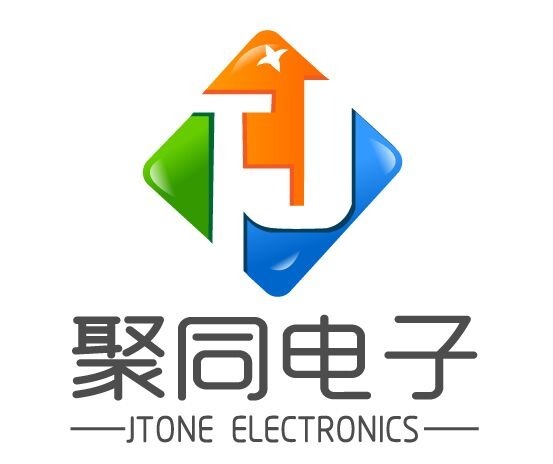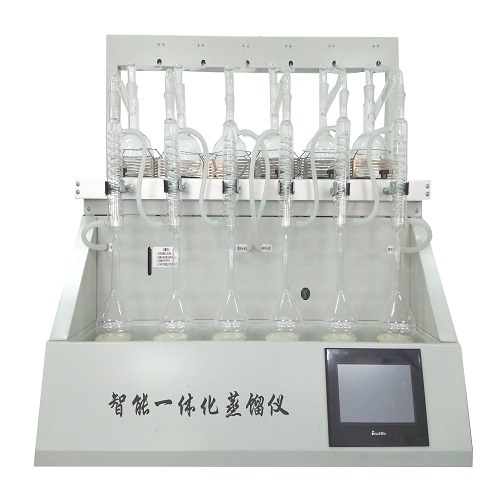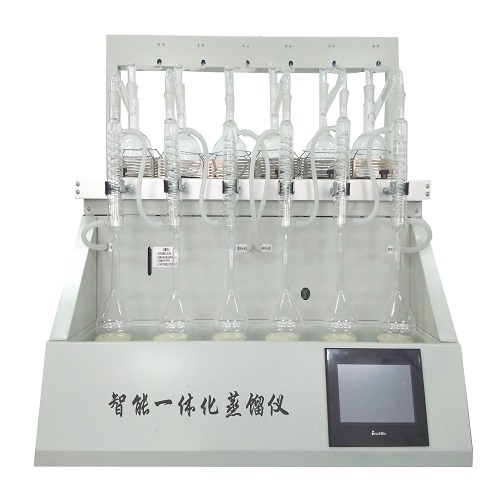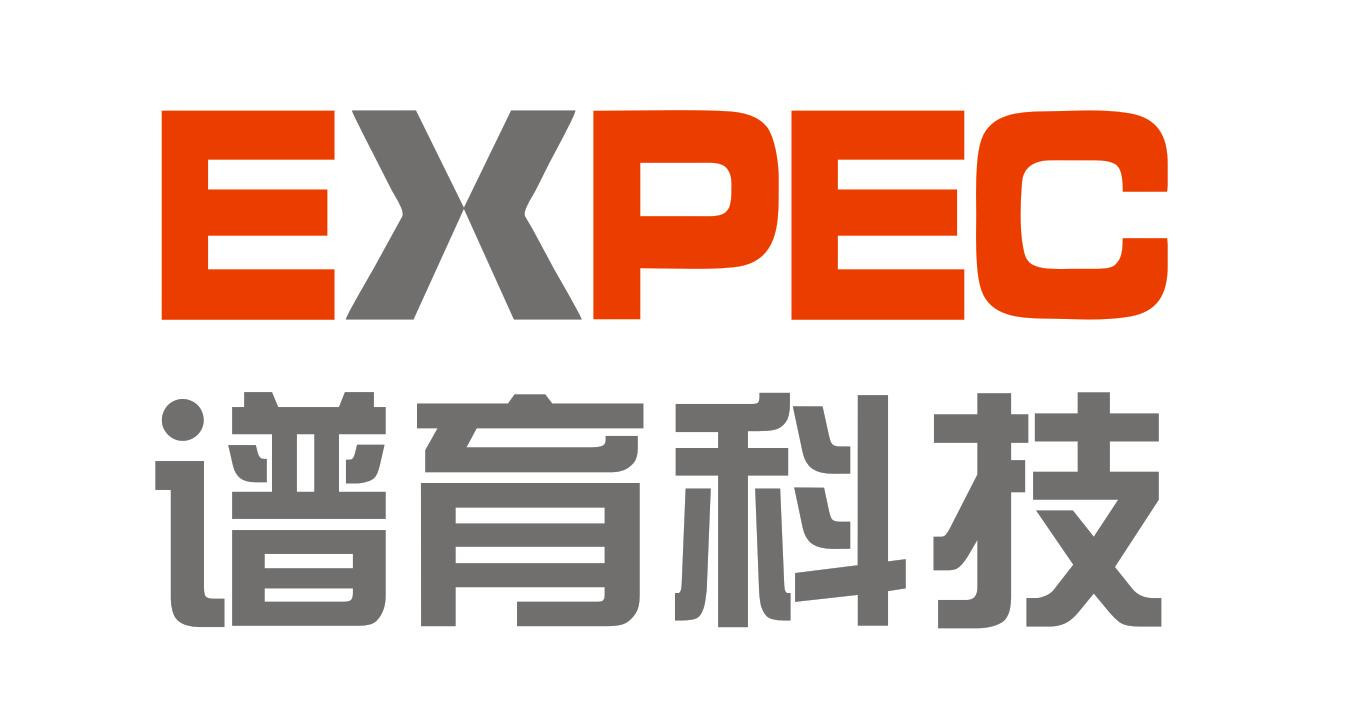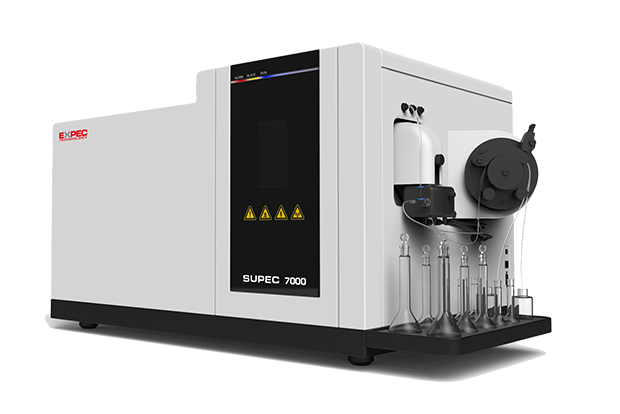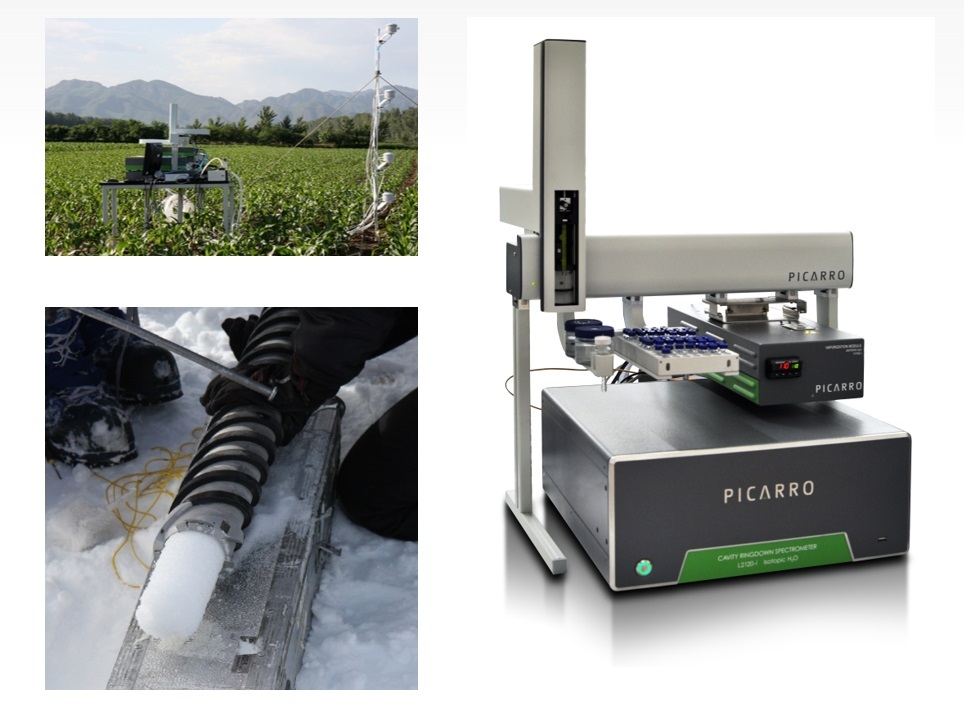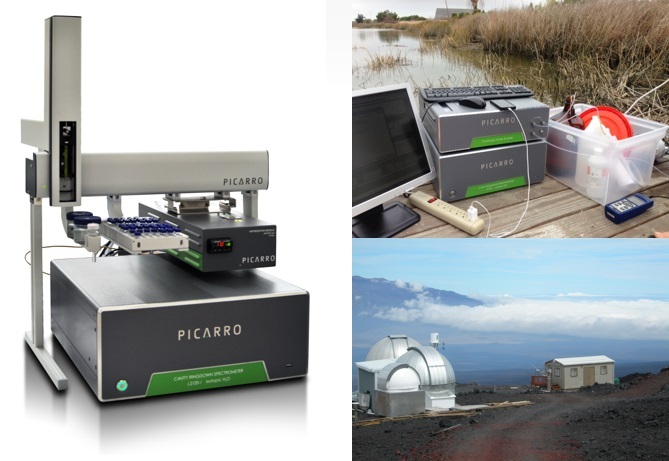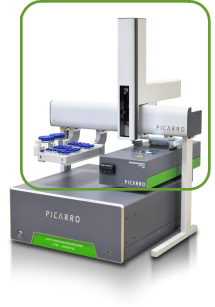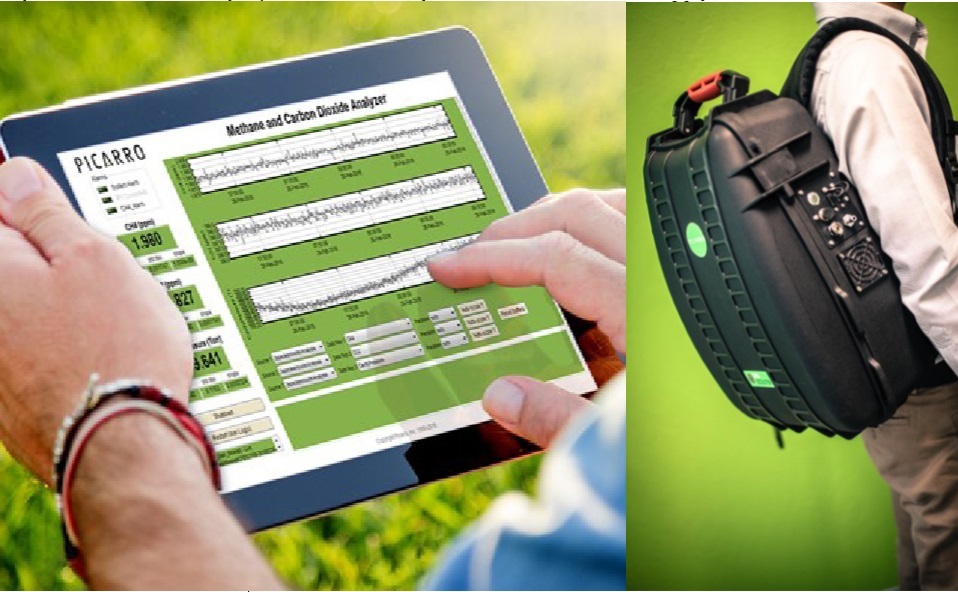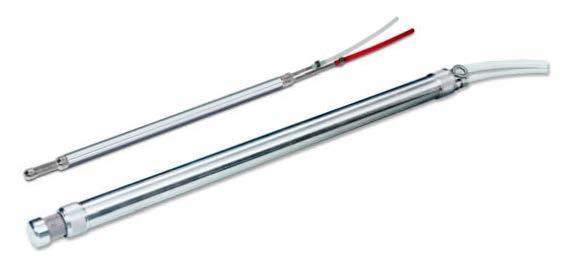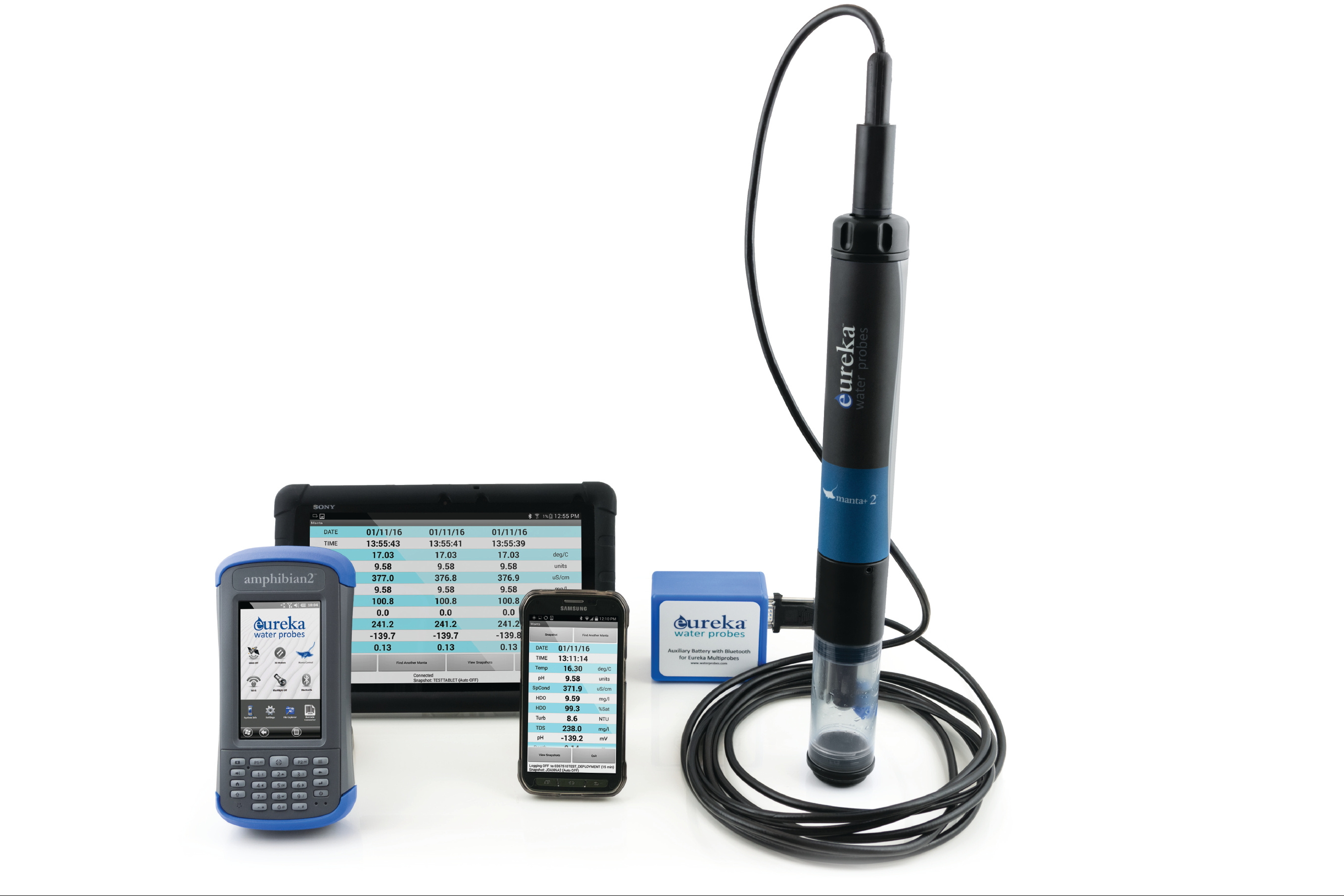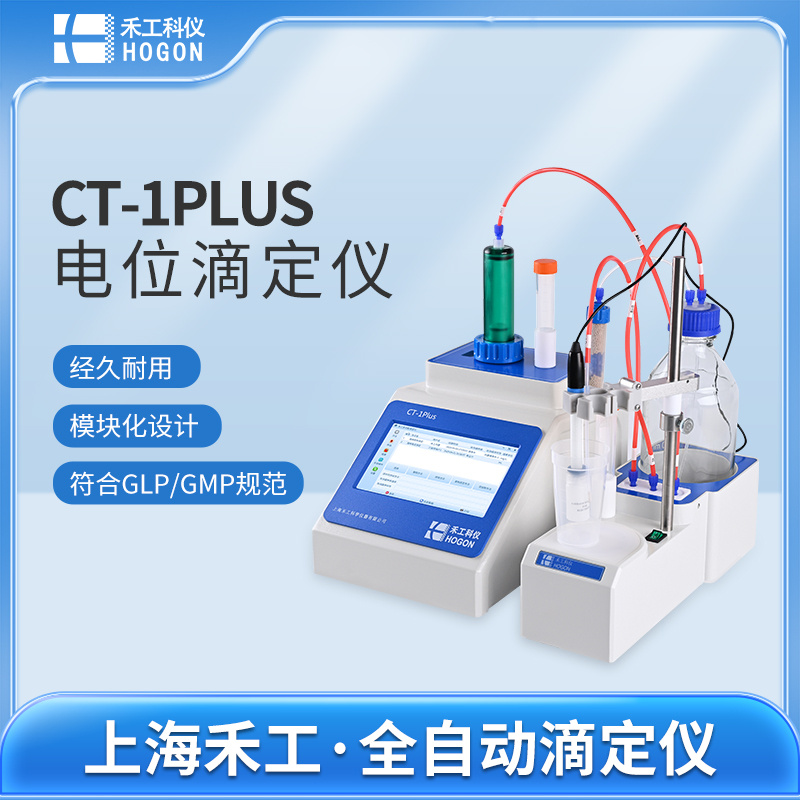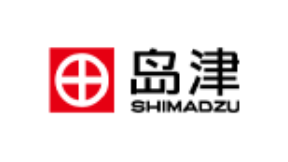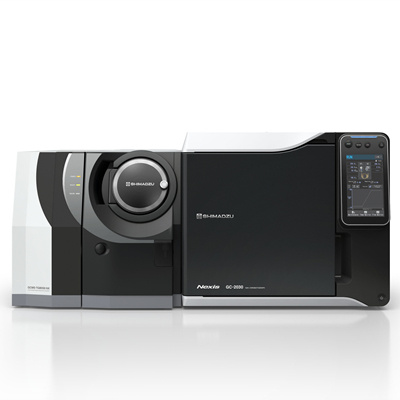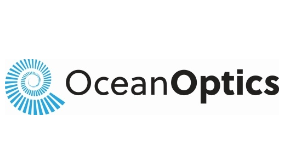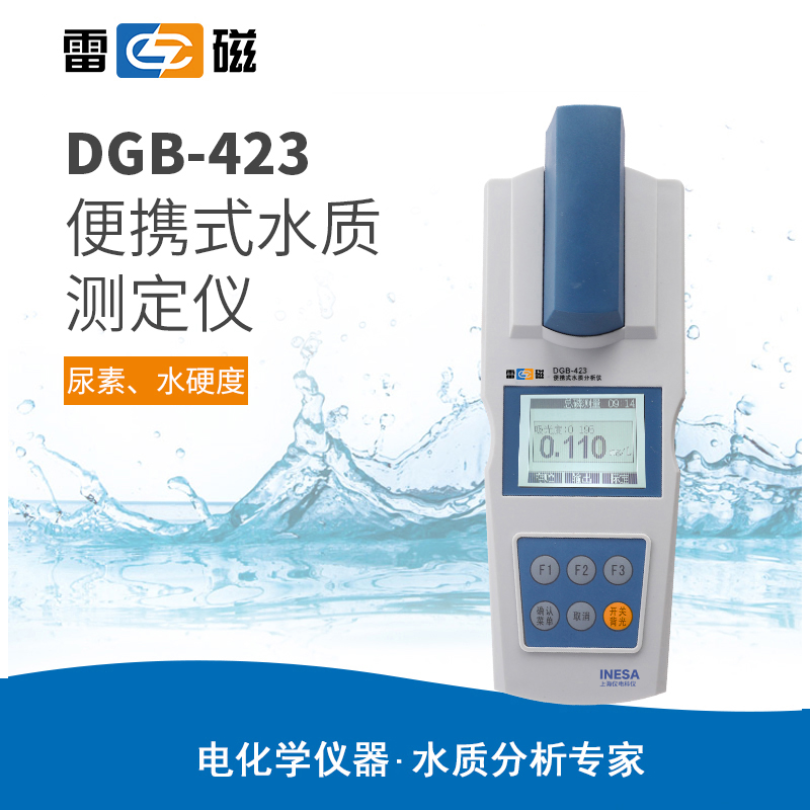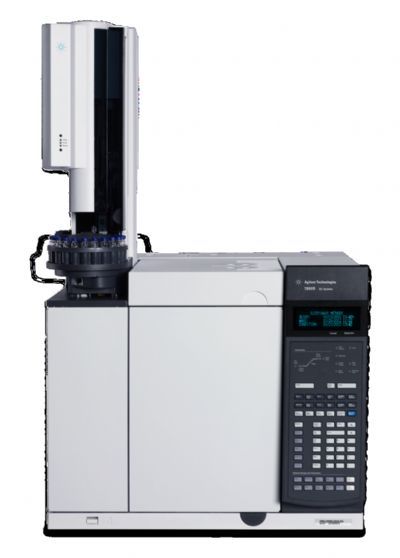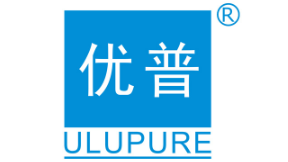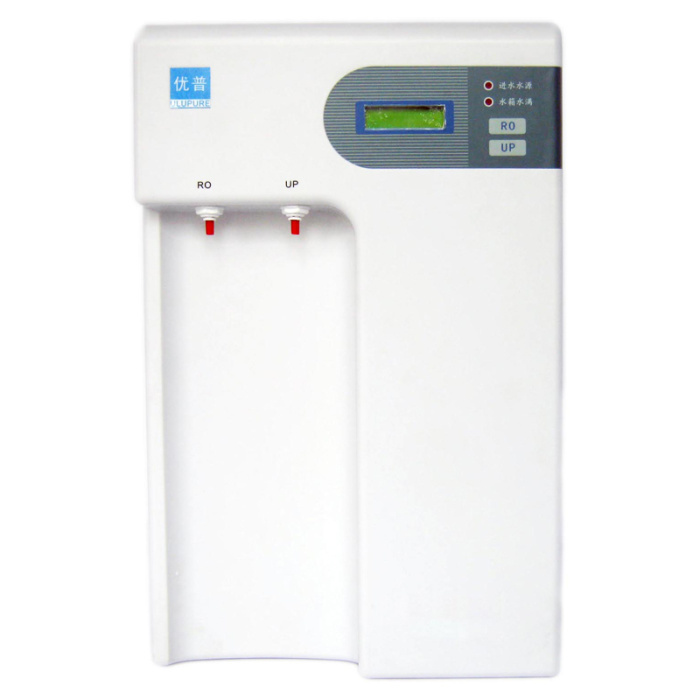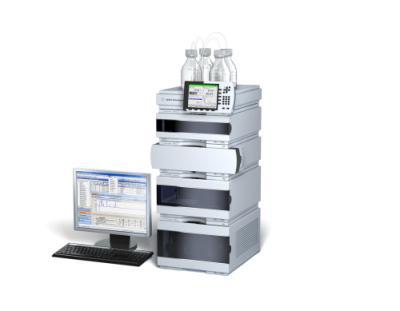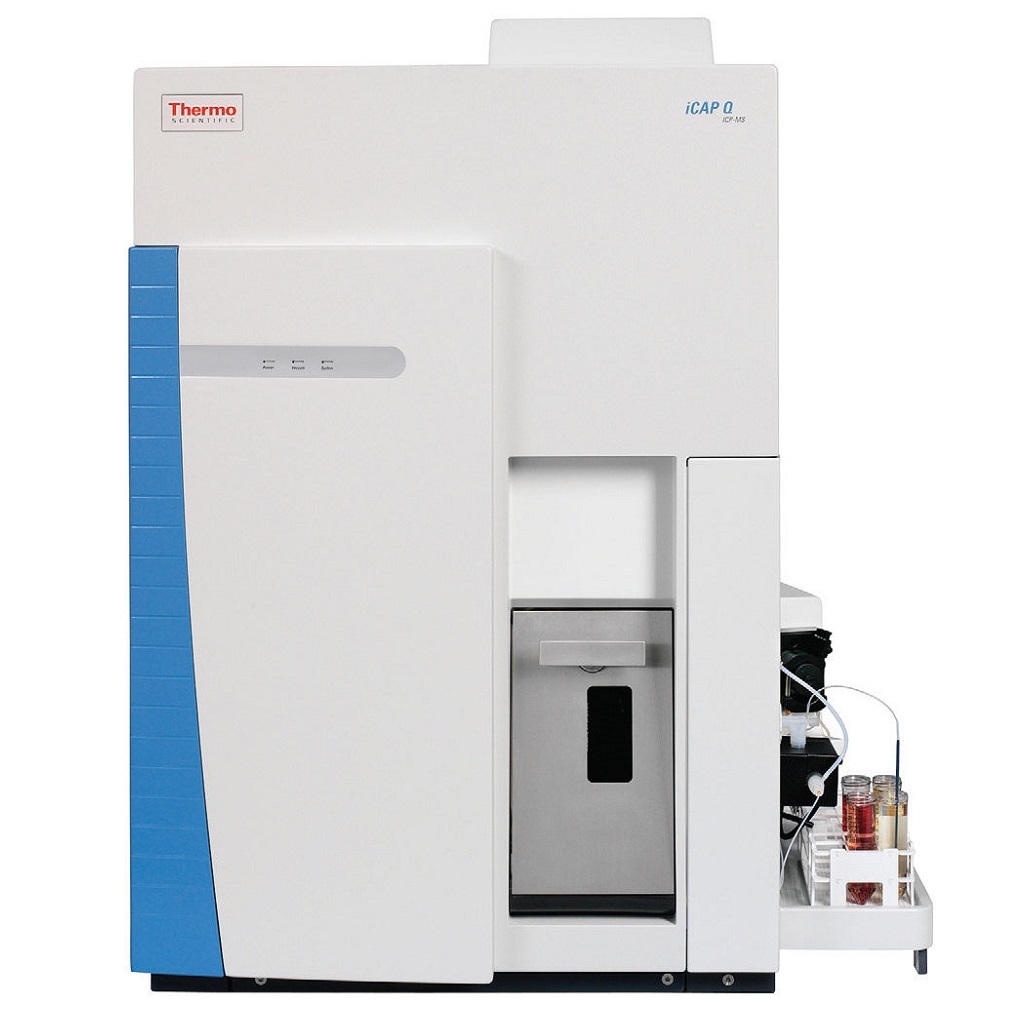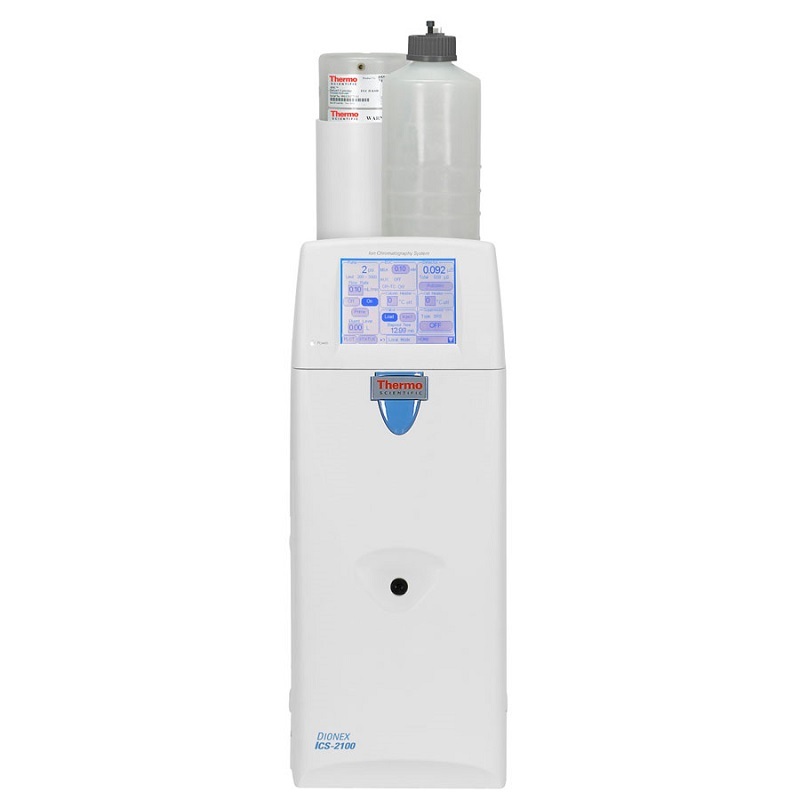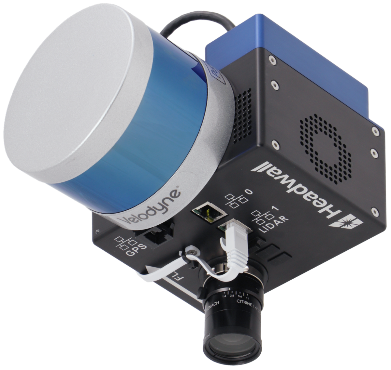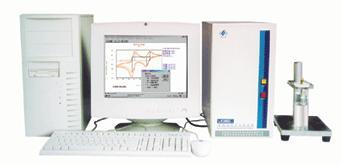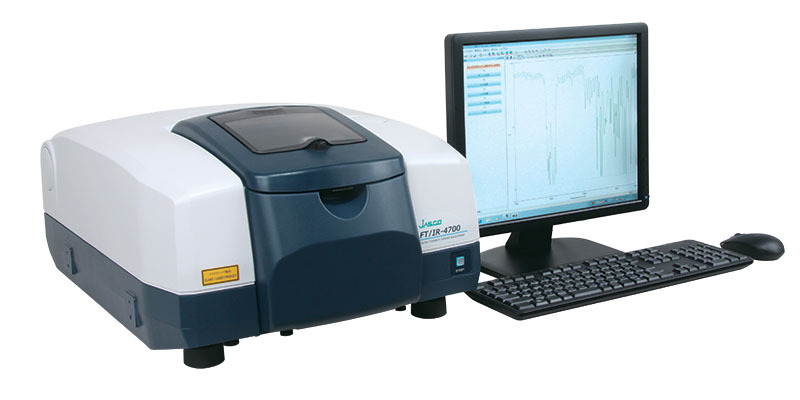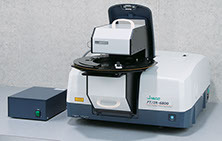超纯水中纯度检测方案(ICP-MS)
超纯水(UPW)被广泛地用于半导体器件生产中所有湿法工艺步骤,包括晶片冲洗和化学浴中化合物的稀释。在这些关键步骤中,可能会吸收来自化学浴和冲洗水中的污染物,然后通过一系列的化学和电化学反应沉淀到硅表面。在成品的重点区域中,如果金属污染物的浓度达到50 ppq,就会改变集成电路部件的电气参数,导致其无法通过最后的电气测试。因此超纯水纯度测定至关重要。
在此,我们将展示出珀金埃尔默最新的化学高分辨多重四极杆ICP-MS仪器NexION 5000获得的超纯水分析结果。NexION 5000 四组四极杆组成的多重四极杆ICP-MS质谱平台,通过各四极杆的不同质量分辨能力和工作模式,结合碰撞反应池技术,实现化学高分辨,获得终极干扰消除。
检测样品:
环境水(除海水)
检测项:
其他
珀金埃尔默企业管理(上海)有限公司
查看联系电话
前往展位
海水和高含盐量水中稳定同位素的精度测量与准确度优化检测方案(同位素质谱仪)
Picarro盐衬管是一种使用简便、价格经济的附件,能够保护Picarro同位素分析仪系统免受汽化器中盐积聚的影响。Picarro水稳定同位素分析系统用于分析离散水样品,由自动采样器(A0325)、高精度汽化器(A0211)和L2130-i或L2140-i光腔衰荡光谱(CRDS)水同位素分析仪组成。这是一种比同位素比值质谱仪(IRMS)更经济、更易用、测样速度更快的解决方案,能够在水文学、海洋科学和古气候学等一系列研究应用中实现精准的同位素测量。
检测样品:
环境水(除海水)
检测项:
其他
北京世纪朝阳科技发展有限公司
查看联系电话
前往展位
威力酸中有机酸检测方案(二手分析仪器)
采用离子排斥分离,电导检测模式,对威力酸中的四种有机酸成份进行分离测定。将威力酸样品通过萃取,洗涤,过滤之后进样,可以测定其四种有机酸拧檬酸,乳酸,苹果酸,富马酸的含量,在一定的色谱条件下,4种阴离子都具有很好的线性和较低的检出限。威力酸中的拧檬酸,乳酸,苹果酸,富马酸4种物质的检出限分别是0.10、0.14、0.30和0.12μg/L,线性相关系数r在0.9997-0.9999范围内,样品中待测离子峰面积的RSD在4.29%以下(n=lO),回收率在94%—105%之间。采用抑制电导的离子色谱法是一种威力酸中的有机酸成份的高效、准确的方法。
检测样品:
环境水(除海水)
检测项:
其他
参考标准:
HJ 1004-2018环境空气降水中有机酸(乙酸、甲酸和草酸)的测定离子色谱法
北京京科瑞达科技有限公司
查看联系电话
前往展位
水、水汽、冰川、CO2、CH4中碳水同位素检测方案(同位素质谱仪)
美国海岸警卫队希利 (Healy) 号破冰船实施北极水循环和碳同位素循环研究,博士杰夫·威尔克 (Jeff Welker) 博士和埃里克•克莱因 (Eric Klein) 博士
生物科学系
阿拉斯加大学安克雷奇分校
北极地区的水文循环和碳循环目前正随着气候变迁而不断变化,包括海冰覆盖范围及其厚度、北冰洋酸碱度 (pH 值) 以及初级生产力格局和食物网动力学模式方面发生的变化。此外,与海冰有关的蒸发过程变化正在影响着冬夏两季的降水特征以及更广泛的气候模式。举例来说,北极涡旋转移使更多北极气团抵达低纬度地区,这可能会导致美国东北部出现更频繁的极端天气事件。
检测样品:
环境水(除海水)
检测项:
其他
北京唯思德科技有限公司
查看联系电话
前往展位
环境样品中消解方法检测方案(微波消解仪)
微波消解在环境样品分析方面应用很广,涉及到的环境样品包括土壤、固废、煤飞灰、大气颗粒物、水系沉积物、淤泥、废水、污水悬浮物和油等。微波消解环境样品可以用来测As,Al,Ba,Be,Ca,Cd,Co,Cr,Cu,Fe,Hg,K,Li,Mg,Mn,Na,Ni,Pb,Sb,Si,Sn,Sr,Se,Ti,Tl,V,Zn,Zr和稀土等金属元素,总磷、总氮、无机硫等非金属元素和废水中的COD值等。微波消解环境样品用的较多的试剂是HNO3/HF,HNO3/HCL/HF,HNO3/HCL/HF/H2O2和HNO3/HF/H2O2等混酸体系,环境样品消解过程中一般不会产生大量气体,为保证快速溶解,一般可采用相对较高温度。
检测样品:
环境水(除海水)
检测项:
其他
上海新仪微波化学科技有限公司
查看联系电话
前往展位
地表水、地下水、工业废水和生活污水中黄磷检测方案(气相色谱仪)
水是人类和其他生物生存所不可或缺的资源。水体污染危及地球上大多数生物和人类自身的生存。当前,我国一些地区水环境质量差、水生态受损重、环境隐患多等问题十分突出,影响并危及人类健康,不利于经济社会持续发展。
2015 年 4 月,国务院正式发布《水污染防治行动计划》(简称“水十条”),为当前和今后一个时期我国水污染防治指明了方向和奋斗目标。重点保护好饮水水源地、生态良好湖泊等高功能水体,消灭国控断面劣 V 类等污染严重水体。
针对水体中痕量挥发性有机物 VOC 监测,安捷伦科技为您提供全面的自动进样装置和捕集产品,使您能够针对应用选择最有效的进样方法:无论您需要的是简单高效的静态顶空进样,还是灵敏的吹扫捕集进样,或者是便捷的固相微萃取 (SPME)进样。同时,安捷伦科技的气质联用系统以其稳定的分析性能以及低至 ppb 和 ppt 级别的高灵敏度,为低浓度下半挥发性有机物 SVOC 的准确定量提供了可靠的保证。
检测样品:
环境水(除海水)
检测项:
其他
参考标准:
HJ 701-2014水质 黄磷的测定 气相色谱法
安捷伦科技(中国)有限公司
查看联系电话
前往展位
水中爆炸物检测方案(液相色谱仪)
用于水中爆炸物痕量检测的 EPA 8330B 方法中的检测方式经历了紫外检测到高效液相色谱检测到液-质联用仪检测的转移,本文使用配置了安捷伦 6460 三重四极杆液-质联用仪 的安捷伦 1290 Infinity 液相色谱,在大气压化学电离源、负离子化模式条件下分析水中 的爆炸物。用本方法分析了水中十一种痕量的爆炸物,检测限在 5-50 ng/L 范围内。使用固相萃取(SPE)C18 萃取柱和聚合物萃取柱用于评价测试。聚合物固相萃取柱具有超高的回收率,范围在 80%-101%(离线固相萃取)。超高压液相色谱/6460 三重四极 杆液质联用系统是检测水中爆炸物的有效方法 。
检测样品:
环境水(除海水)
检测项:
其他
安捷伦科技(中国)有限公司
查看联系电话
前往展位
环境水样中痕量微囊藻毒素MC-LR检测方案(等离子体质谱)
在水质分析领域,赛默飞为您提供全球领先的科技服务和分析、测试设备。在挥发/半挥发有机污染物分析中,我们提供全自动的固相萃取仪简化样品前处理步骤以及操作简单、实用性强的气相色谱仪和拥有不泄真空更换离子源的质谱仪;在很多类型痕量有毒有害有机污染物分析中,双梯度泵系列(DGLC)高效液相色谱提高了色谱的灵敏度、精度与可靠性;在阴阳离子分析方面,赛默飞的离子色谱是全球科技与市场的领导者,广泛应用于痕量离子型污染物和元素形态价态分析中;针对用户的实际需求可以做出合适的选择,环境水质中的重金属元素分析,火焰和石墨炉原子吸收光谱仪可以获得不同水平的检出限,ICP-OES适合较高含量的多元素同时分析,而ICP-MS提供了具有最宽动态范围、最低检出限,为元素分析提供了丰富的选择。我们所做的一切,都是使水质分析更简单、更快速、更准确地得到分析结果。通过所有人的努力,使世界更健康、更清洁、更安全。
检测样品:
环境水(除海水)
检测项:
其他
上海禹重实业有限公司
查看联系电话
前往展位
海冰形成过程中氧动力学检测方案(氧分析仪)
在海冰形成的过程中将光学微氧传感器(Micro-optodes)冻结在冰中,直接测量其中的氧动力状态。
Oxygen micro-optodes were used to measure oxygen dynamics directly within the microstructure of sea ice by freezing the sensors into the ice during its formation.The experiment was conducted in a 4 m3 mesocosm filled with artificial seawater and inoculated with a unialgal culture of the common Antarctic ice diatom Fragilariopsis cylindrus (Bacillariophyceae) to a final chlorophyll a (chl a) concentration of 11 μg l–1. Ice growth was initiated 7 d after inoculation by reducing the air temperature to –10 ± 2°C and terminated 17 d later. The final ice thickness was 27 cm. One optode was frozen into grease ice and 2 others into the skeletal layer of the growing ice sheet. Increasing oxygen concentrations during ice crystal formation at the water surface and the ice-water interface revealed a strong inclusion of oxygen, which was either physically trapped and/or the result of photosynthesising diatoms. The major portion of oxygen was present as gas bubbles due to supersaturation as a result of increasing salinity and oxygen production by diatoms. An increase in salinity due to a concurrent decrease in ice temperatures during subsequent sea ice development reduced the maximum concentration of dissolved oxygen within brine. Thus, dissolved oxygen concentrations decreased over time, whereas gaseous oxygen was released to the atmosphere and seawater. The sensors are a significant advance on more conventional microelectrodes, because the recordings can be temperature and salinity compensated in order to obtain precise measurements of oxygen dynamics with regard to total (dissolved and gaseous) and dissolved oxygen in sea ice. Optodes do not consume oxygen during measurement over a long period under extreme conditions, which is another advantage for long-term deployment in the field.
检测样品:
环境水(除海水)
检测项:
其他
科艺仪器有限公司
查看联系电话
前往展位
饮用水中有机物综合指标检测方案
Figure 1: ATR-500/Mi?ATR crystal plate (Upper right: Prism and liquid cell)
Characterized by wavelengths longer than the mid-infrared region, the far-infrared region is also referred to as the terahertz region. In recent years, this region has been used to evaluate crystal polymorphs for pharmaceuticals and semiconductor device materials, as well as for archaeological research applications, including the study of inorganic pigments. Light in the far-infrared region (terahertz waves) corresponds to hydrogen bonding and Van der Waals forces believed to hold the key to an understanding of the functional
检测样品:
环境水(除海水)
检测项:
其他
佳士科商贸有限公司
查看联系电话
前往展位
仪器信息网行业应用栏目为您提供85篇环境水(除海水)检测方案,可分别用于物理指标检测、营养盐检测、有机污染物检测、有机物综合指标检测、(类)金属及其化合物检测、无机阴离子检测、生物检测、颗粒物检测、其他检测、生态检测、放射性检测、感官性状和物理指标检测、消毒剂检测、酸沉降检测、综合检测、微塑料检测,参考标准主要有《HJ 905-2017 恶臭污染环境监测技术规范》、《HJ 1004-2018环境空气降水中有机酸(乙酸、甲酸和草酸)的测定离子色谱法》、《HJ 701-2014水质 黄磷的测定 气相色谱法》等




